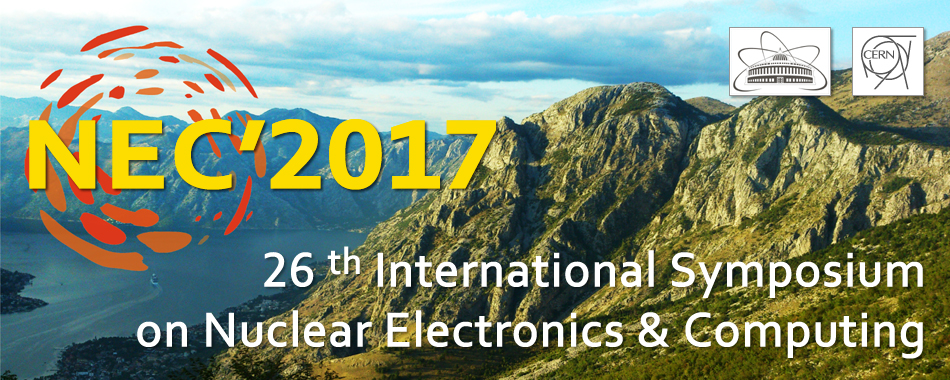Speaker
Mr
Alexey Anisenkov
(BINP)
Description
The Worldwide LHC Computing Grid infrastructure links about 200 participating computing centers affiliated with several partner projects. It is built by integrating heterogeneous computer and storage resources in diverse data centers all over the world and provides CPU and storage capacity to the LHC experiments to perform data processing and physics analysis. In order to be used by the LHC experiments a central information system is required. It should provide description of the topology of the WLCG infrastructure as well as configuration data which are needed by the various WLCG software components and Experiment oriented services and applications.
This contribution describes the evolution of the ATLAS Grid Information system (AGIS) into common Computing Resource Information Catalog (CRIC), the framework which is designed to describe the topology of the LHC Experiments computing models, providing unified description of resources and services used by experiments applications.
CRIC collects information from various information providers (like GOCDB, OIM, central BDII and experiment-specific information systems), performs validation and provides a consistent set of WebUI and API to the LHC VOs for service discovery and usage configuration.
The main requirements for CRIC are simplicity, agility and robustness. CRIC should be able to be quickly adapted to new types of computing resources, new information sources, and allow for new data structures to be implemented easily following the evolution of the computing models and operations of the experiments. Experiments are more and more relying on newer types of resources like opportunistic cloud or HPC resources, which by their nature are more dynamic and not integrated in any WLCG existing framework: also these resources need to be described in CRIC to allow the experiments to effectively exploit them.
The implementation of CRIC was inspired by the successful experience with the ATLAS Grid Information System. In this note we describe recent developments of CRIC functionalities, definition of the main information model and the overall architecture of the system, which in particular provides clean functional decoupling between physical distributed computing capabilities and resources used by particular experiment into two parts:
● A core part which describes all physical service endpoints and provides a single entry point for experiments service discovery.
● Optional Experiment-specific extensions, implemented as plugins. They describe how the physical resources are used by the experiments and contain additional attributes and configuration which are required by the experiments for operations and organization of their data and workflows.
CRIC not only provides a current view of the WLCG infrastructure, but also keeps track of performed changes and audit information. Its administration interface allows authorized users to make changes. Authentication and authorization are subject to experiment policies in terms of data access and update privileges.
Author
Mr
Alexey Anisenkov
(BINP)

